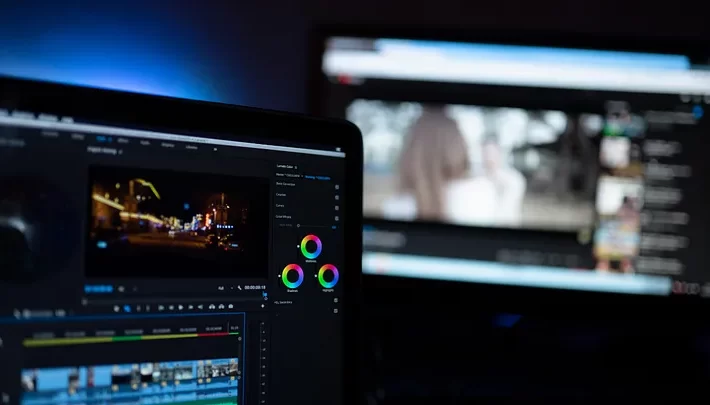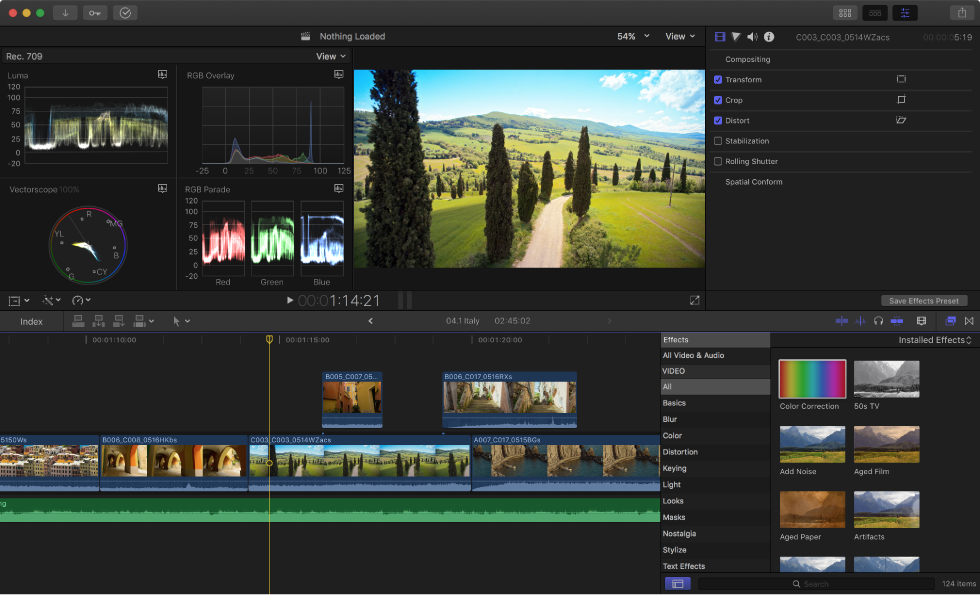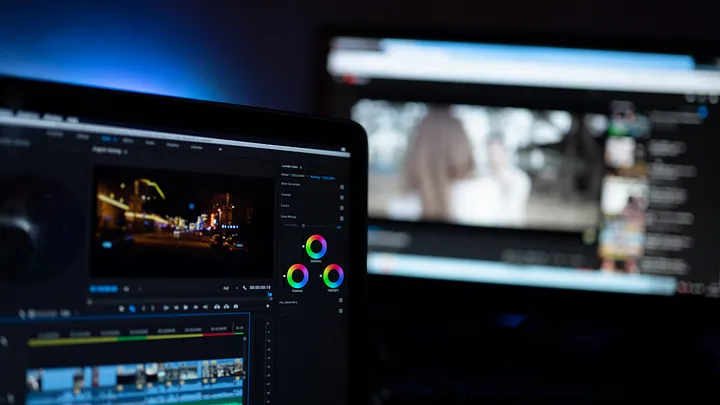
Video editing software has transformed how we generate and modify visual material. Technology has made editing software more powerful, user-friendly, and accessible. These tools let editors realize their creative ideals from simple editing to advanced effects. Digital technology makes editing faster and more efficient and expands visual storytelling. Motion graphics and non-linear editing have opened up unlimited possibilities in video editing. As we progress, video editors must keep up with new technology and adapt to audience demands to create engaging content.
The evolution of video editing tools

Video editing software has revolutionized visual content creation. Technology has greatly enhanced these critical instruments’ potency, usefulness, and accessibility. They enable editors to actualize their creative concepts with various features, from basic editing to complex special effects. Digital technology speeds up and improves visual storytelling by streamlining the editing process. Motion graphics and non-linear editing offer endless potential, enhancing video editing possibilities. The ability to crop videos with AI, which delivers an unheard-of level of automation and accuracy, is one such developing technology. Video editors must always remain on top of new developments in the industry and adjust to changing customer demands.
The impact of digital technology on video editing

The discipline of video editing has been significantly impacted by the development of digital technology, becoming a dynamic and adaptable art form. Editors now have access to various tools and approaches that improve their creative talents thanks to the transition from analog to digital. Digital technology has improved editing speed and effectiveness while creating new visual storytelling opportunities. From high-definition footage to advanced color grading and visual effects, the digital age has empowered editors to push the boundaries of their craft and deliver visually stunning content that captivates audiences like never before.
Innovations in video editing techniques
Video editing has seen an explosion of cutting-edge methods transforming material creation. One such breakthrough is non-linear editing, which gives editors more flexibility and creative license by allowing them to change video non-sequentially. Additionally, the development of motion graphics and animation has given video editing a new dimension and made it possible to incorporate eye-catching visual components that improve narrative. Additionally, automated editing tools have been developed due to the development of artificial intelligence and machine learning, easing repetitive jobs and accelerating the editing process. These developments have opened up a world of limitless possibilities for video editing, encouraging creators to embrace the constantly changing environment of digital creation.
Embracing the future of video editing

Moving forward, video editing continues to evolve fast, presenting both exciting opportunities and challenges. Keeping up with new technologies such as virtual and augmented reality, which may revolutionize how we consume and interact with visual content, is critical to the future of video editing. It also necessitates adapting to viewers’ increased need for immersive and personalized experiences. By embracing innovation and experimentation, video editors may navigate the ever-changing technological world and create exciting and relevant material that resonates with viewers.
Video editing tools have revolutionized the generation and modification of visual material. New technology allows editors to employ intuitive and powerful software to push narratives and generate visually stunning films. Digital technology has improved the inventiveness of editors, and new approaches and technologies are defining the future of video editing. By embracing innovation and adapting to the shifting landscape, video editors can keep viewers engaged with immersive and customized experiences, safeguarding the future of visual storytelling.




